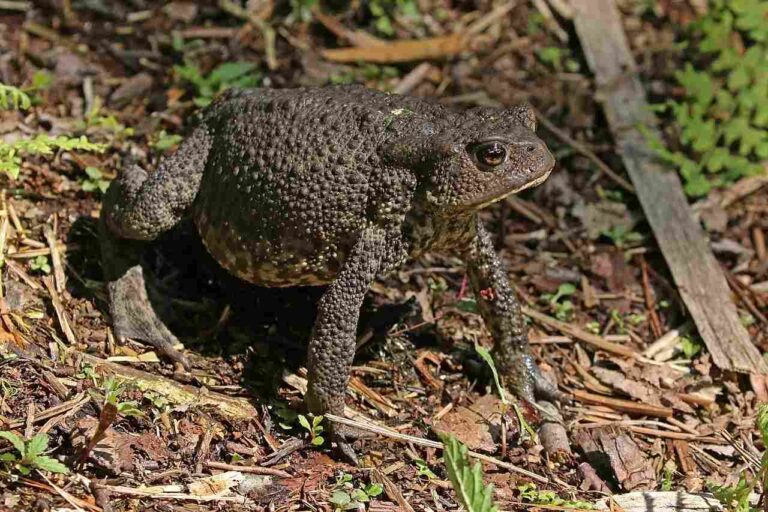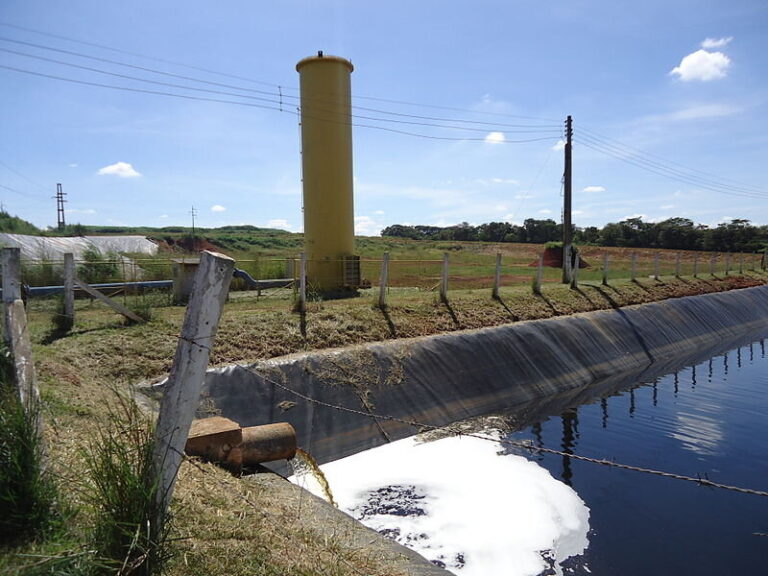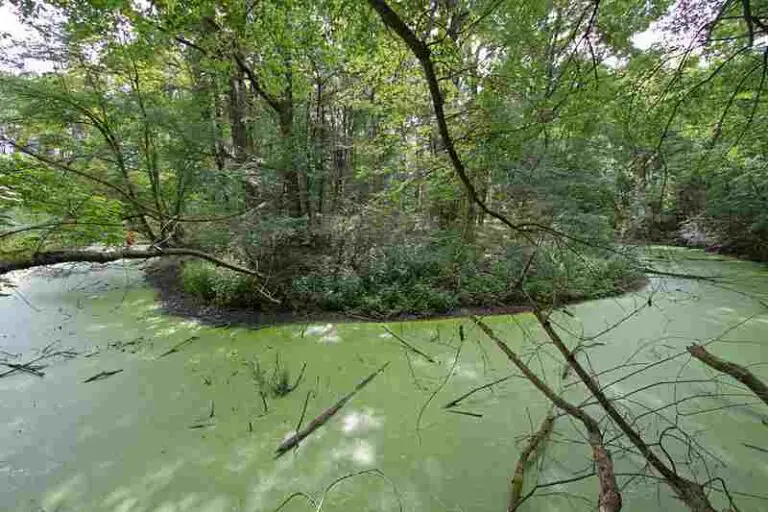9 Benefits of Space Exploration Explained
Benefits of space exploration are; knowledge expansion, job creation, communication, monitoring, international cooperation, technological advancement, innovation, Earth protection and safety, mineral extraction, habitat expansion, biomedical research and development.
The purpose of space exploration is to expand the consciousness and resources of the human population.
This article discusses the benefits of space exploration, as follows;
1). Knowledge Expansion (as one of the Benefits of Space Exploration)
Space exploration is an avenue and a tool with which the knowledge base of humanity can be expanded [11].
Since the launch of Sputnik 1 satellite in 1957 [6], continuous space exploration activity has led to the acquisition of knowledge on outer space features, resources and processes.
Space telescopes, probes and satellites have been used repeatedly for the collection of useful data from outer space, which is sent back to the Earth. These data are applied to provide answers to various pressing inquiries.
Through knowledge expansion, scientists have been able to clarify the meaning of space exploration, and to identify its various aspects and areas of relevance.
Phenomena and features like planetary bodies, Unidentified Flying Objects (UFOs), black holes, galaxies and universal expansion have all been explained based on observations made during space exploration.
Lastly, the recent practice of space tourism has broadened the prospects of acquiring knowledge about space.

2). Job Creation
Space exploration has been responsible for the creation of hundreds of thousands of jobs in recent years [4].
This can be ascribed to the rise of private space companies, communication firms, scientific interest, and military technology projects.
The creation of jobs is one of the most important benefits of space exploration, with respect to economic growth and sustainable development [1]. It is also a step toward the achievement of various sustainable development goals concerned with economy, health and safety, and education.
With respect to job creation, the space exploration sector is advantageous in terms of its relevance to various disciplines that include engineering, computer science, GIS, astronomy, biology, physics, geology, mathematics, and mathematics.
In coming years, space exploration job opportunities are likely to increase due to the increased frequency and prominence of space projects.

3). Communication and Monitoring (as Benefits of Space Exploration)
Satellite installation is a pioneer and crucial aspect of space exploration.
Manmade extraterrestrial satellites help to transmit radioactive signals that are used for communication and data transfer. It is such infrastructure that constitutes the foundation of data transfer, smart house technology, Internet of Things (IoT), and general telecommunications.
Aside communication signaling, space exploration is applicable for geographic data collection on the Earth and other Outer Space features.
The collected data can be used for monitoring of climate change, pollution, and natural hazards. Such monitoring is relevant for environmental remediation, soil conservation, carbon capture projects, and water conservation planning, among others.
4). International Cooperation
Space exploration can bring about cooperation between nations on various projects.
International space stations are infrastructure for common use by various countries, for space-based research and development.
Also in the light of research and development, space exploration fosters international collaboration for technology development and innovation.
Such collaborations contribute to the establishment of diplomatic relations between nations, on issues regarding space development, resource management and national security [8].
Space exploration jobs and firms are sustained by effective cooperation between relevant agencies and entities across national boundaries.
Data collected from space satellites and probes can be used to observe and monitor Earth’s problems in a holistic manner. Such problems include food insecurity, environmental degradation, deforestation, desertification and world hunger.
Lastly, space exploration leads to international cooperation on tackling terrorism and establishing peace and social stability at a global level.
5). Technological Innovation and Advancement (as one of the Benefits of Space Exploration)
Technological advancement is an inevitable outcome of space exploration.
This is because of various factors; including the need to save cost, create more-efficient systems for space travel, and expand the overall potential of space exploration.
Technological advancement in the space sector may occur in form of the modification of existing technologies, or the introduction of new ones. The latter is what is referred to as innovation.
The International Space Station (ISS) provides equipment for in-situ development of space technologies, since it is located in low Earth orbit [5]. Collaboration between various researchers and agencies at this common base, is responsible for various improvements in space technology.
There are various technological fields which are relevant to space exploration, including astrophysics, mechanical and electrical engineering, artificial intelligence, renewable energy development, energy management systems, fuel cell technology, robotics, data analysis, optics, and wireless communication.
Each of these fields is subject to continuous research and development, to improve their contributions to the growth of the space exploration sector.
The level of fascination and public interest which have been aroused by space projects in recent decades, has also helped boost the sector. As a result, the coming years are likely to witness new space-related developments and inventions.
6). Earth Protection and Safety
One of the benefits of space exploration is its relevance for Earth protection.
As part of measures to ensure the Earth’s safety, continuity and sustainability, space-based robotic systems are being developed to detect, intercept and redirect asteroids approaching the surface of the Earth [2].
If such a technology is perfected, it will provide long-term protection from asteroid-collision hazards.
Efforts to develop efficient methods of survival for humanity on other planets, have contributed to the improvement of sustainable farming.
Agricultural practices like hydroponics have been enhanced in the process of optimizing them for extraterrestrial use [3]. At the same time, such sustainable approaches have improved the safety of agriculture for both farmers and consumers.
Lastly, space exploration has been instrumental in environmental protection by providing real-time data on problems like deforestation, soil and water pollution, heat waves, greenhouse emission, air quality reduction, and global warming. The data provided has been very useful in evaluating and addressing these problems.
7). Mineral Extraction (as one of the Benefits of Space Exploration)
Asteroids and other planetary bodies in outer space, have been found to contain large deposits of minerals [9].
Gold has been observed in massive quantities in outer space, alongside europium, silver, tantalum, platinum, and tantalum.
Minerals from these extraterrestrial deposits can be used in the manufacture of electronics, ornaments, equipment and solar panels among others. Helium-3 can be found in abundance as well, and is a useful raw material in nuclear power plants and other industrial systems.
8). Habitat Expansion
There is no guarantee of the long-term survival of humanity on Earth.
This is especially as a result of rapid technological and industrial development in recent years, which have led to unsustainable exploitation of human and environmental resources.
Suggestions of possible causes of the extinction of humanity are numerous, and include natural and manmade disasters from unfavorable industrial and technological practices, conflict, and degradation.
One of the benefits of space exploration is its role in providing possible alternatives for human habitation. An example of this is the effort to colonize extraterrestrial planets like Mars [7].
Habitat expansion has huge potentials with regards to the survival of biodiversity and the stability of the universal ecosystem.
9). Biomedical Research and Development (as one of the Benefits of Space Exploration)
As part of efforts to understand the prospects of survival of Earth’s species in extraterrestrial zones, space exploration has involved a broad scope of biological and medical research.
One of the areas include the study of effects of extraterrestrial conditions on living organisms [12]. Bacteria, various protists, plants, and small mammals have been the subjects of such research projects.
These organisms have been studied to gain information on how outer space conditions affect cell organelles, and biological systems.
Also, astronauts have been examined after space trips, to observe the condition of their bones and circulatory system after being exposed to space [10].
The discoveries from these and other space-related researches have been used to improve biomedical technology, in areas such as cancer irradiation, robotics, biopsy testing, and ventricular assist facilities.

Conclusion
The benefits of space exploration are;
1. Knowledge Expansion
2. Job Creation
3. Communication and Monitoring
4. International Cooperation
5. Technological Innovation and Advancement
6. Earth Protection and Safety
7. Mineral Extraction
8. Habitat Expansion
9. Biomedical Research and Development
References
1). Aktuğ, S. S.; Dağ, M.; Shekha, Q. J. (2019). “THE ROLE OF THE SUSTAINABLE INDUSTRY IN JOB CREATION: A CASE STUDY IN ERBIL PROVINCE.” Available at: https://www.researchgate.net/publication/336150465_THE_ROLE_OF_THE_SUSTAINABLE_INDUSTRY_IN_JOB_CREATION_A_CASE_STUDY_IN_ERBIL_PROVINCE. (Accessed 31 August 2022).
2). Brophy, J. R.; Friedman, L.; Strange, N. J.; Prince, T. A.; Landau, D.; Jones, T.; Schweickart, R.; Lewicki, C.; Elvis, M.; Manzella, D. (2014). “Synergies of Robotic Asteroid Redirection Technologies and Human Space Exploration.” 65th International Astronautical Congress (IAC-2014). Available at: https://www.researchgate.net/publication/299561550_Synergies_of_Robotic_Asteroid_Redirection_Technologies_and_Human_Space_Exploration. (Accessed 31 August 2022).
3). Dreschel, T.; Nugent, M.; Monje, O.; Spencer, L. (2018). “Hydroponics for Food Production in Space: History and Current Efforts.” ISS R&D 2018. Available at: https://www.researchgate.net/publication/326719162_Hydroponics_for_Food_Production_in_Space_History_and_Current_Efforts. (Accessed 31 August 2022).
4). Gomes, J. R.; Devezas, T. C.; Belderrain, M. C.; Salgado, M. C.; Melo, F. C. (2013). “The road to privatization of space exploration: What is missing?” Available at: https://www.researchgate.net/publication/289635460_The_road_to_privatization_of_space_exploration_What_is_missing. (Accessed 31 August 2022).
5). Johnson, N.; Klinkrad, H. (2009). “The International Space Station and the Space Debris Environment: 10 Years On.” Available at: https://www.researchgate.net/publication/228519499_The_International_Space_Station_and_the_Space_Debris_Environment_10_Years_On. (Accessed 31 August 2022).
6). Kuznetsov, V. D.; Sinelnikov, V. M.; Alpert, S. (2014). “Sputnik 1 and the First Satellite Ionospheric Experiment.” XXXX COSPAR, August 2-10, 2014. Available at: https://doi.org/10.13140/RG.2.2.30044.59524. (Accessed 31 August 2022).
7). Levchenko, I.; Xu, S.; Mazouffre, S.; Keidar, M.; Bazakan, K. (2018). “Mars Colonization: Beyond Getting There.” Global Challenges 3(1):1800062. Available at: https://doi.org/10.1002/gch2.201800062. (Accessed 31 August 2022).
8). Mains, R. C. (2008). “International Cooperation and Competition in Space: Some Lessons and Projections for Space Commercialization.” AIAA SPACE 2008 Conference & Exposition. Available at: https://doi.org/10.2514/6.2008-7871. (Accessed 31 August 2022).
9). Martinez, M.; Moyano-Cambero, C. E.; Trigo-Rodriguez, J. M.; Azcárate, J. A.; Llorca, J. (2017). “Asteroid Mining: Mineral Resources in Undifferentiated Bodies from the Chemical Composition of Carbonaceous Chondrites.” Assessment and Mitigation of Asteroid Impact Hazards (pp.73-101). Available at: https://doi.org/10.1007/978-3-319-46179-3_5. (Accessed 31 August 2022).
10). Sibonga, J. D.; Spector, E. R.; Johnston, S. L.; Tarver, W. J. (2015). “Evaluating Bone Loss in ISS Astronauts.” Aerospace Medicine and Human Performance 86(12):38-44. Available at: https://doi.org/10.3357/AMHP.EC06.2015. (Accessed 31 August 2022).
11). Vernikos, J. (2008). “Human Exploration of Space: why, where, what for?” Hippokratia 12 Suppl 1(Suppl 1):6-9. Available at: https://www.researchgate.net/publication/23561013_Human_Exploration_of_Space_why_where_what_for. (Accessed 31 August 2022).
12). Wolff, S.; Coelho, L. H.; Karoliussen, I.; Jost, A. K. (2014). “Effects of the Extraterrestrial Environment on Plants: Recommendations for Future Space Experiments for the MELiSSA Higher Plant Compartment.” Life 4(2):189-204. Available at: https://doi.org/10.3390/life4020189. (Accessed 31 August 2022).




